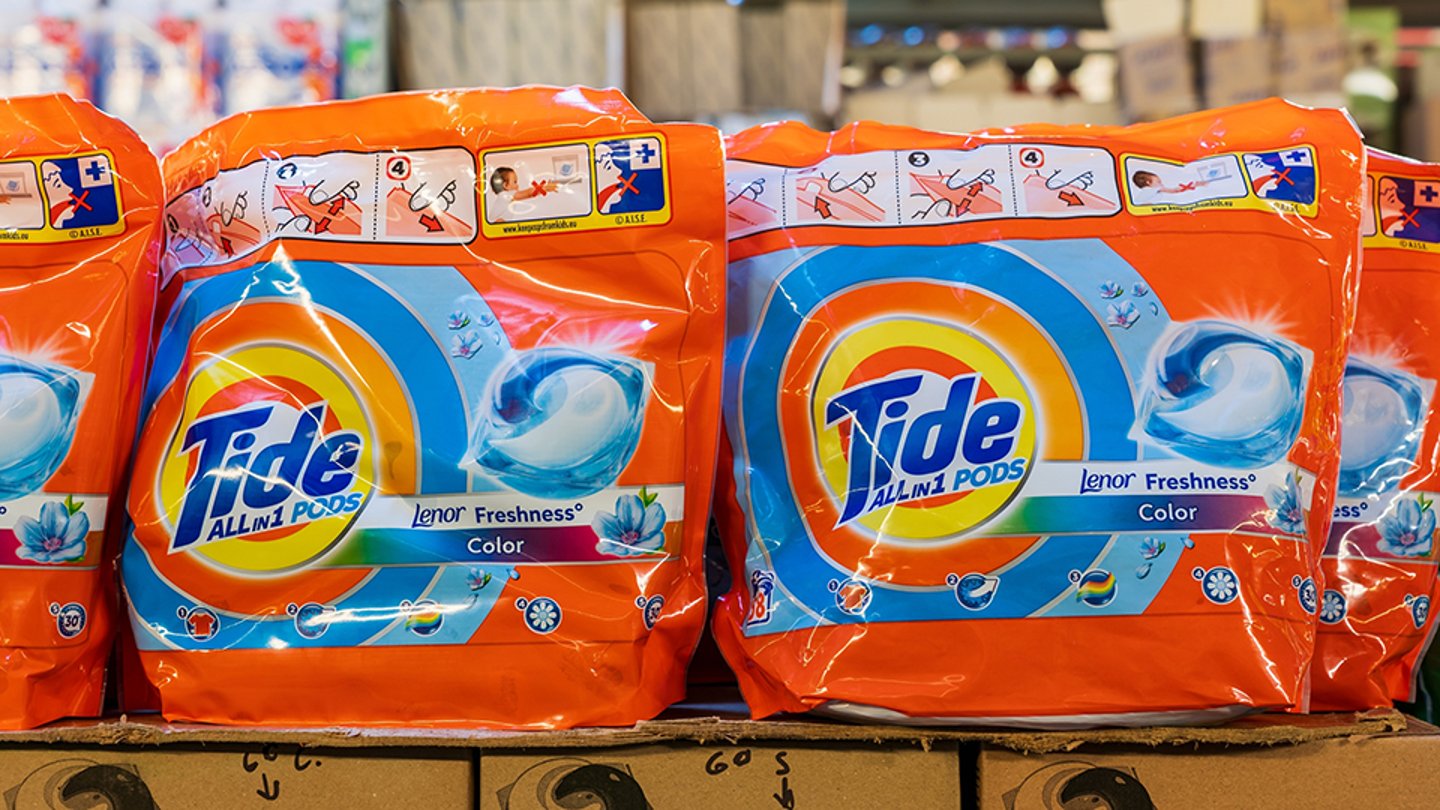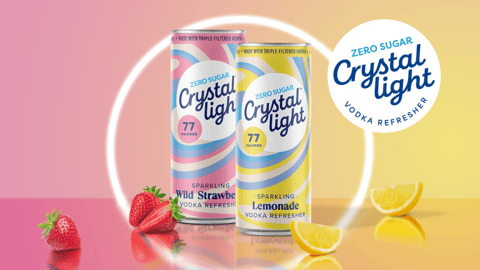CES 2023: How P&G’s Consumer Brands Keep Reaping Rewards from Space Research
Why would a consumer goods company want to conduct research in space? For one thing, it’s a pretty great environment to work on your innovation resource efficiency.
That’s just what Procter & Gamble has been doing in leveraging the International Space Station (ISS) National Lab, and other CPGs are following suit.
“We're using this as a vehicle of constrained resources, and the resources of water and energy are constrained around the world,” noted Mark Sivik, P&G senior director, research fellow, during a panel at CES 2023. “It’s an excellent vehicle for us to see how efficient we can develop a detergent system, new cleaning products, [and] how we meet our objectives not just for our company, but for the globe, using consumer products in the most effective way possible.”
P&G has supported NASA since the 1960s by developing cleaning and grooming products for astronauts, and it in turn uses the ISS to understand things like the fluid microstructure and polymeric systems to improve the stability of consumer detergent systems. That research has translated into patents for the No. 3 publicly owned consumer goods company to benefit such consumer brands as Downy and Febreze.
Fun fact: Astronauts wear their garments for 4-6 days in space and don’t do laundry. (You can imagine the smell after their mandatory workouts.) What’s more, water is expensive to use on the ISS, and so to address this, P&G designed a detergent system that miniaturizes the amount of water used to increase cleaning systems efficiency.
These learnings are also being applied to the same principles driving its Tide and other detergent brands to save water, resources, and energy for consumers.
“There's a number of technologies that we've leveraged for NASA that we’re actually re-investigating for opportunities for the future of Tide products for the consumer use in the future,” Sivik added.
The Why and How Behind CG Space Innovation
P&G isn’t the only consumer goods company conducting research in space, with firms like Colgate-Palmolive and Estee Lauder similarly partnering with the ISS National Lab for business purposes.
Colgate-Palmolive’s oral care experiment sought to explore the bacteria affecting oral and overall health by using space’s unique microgravity environment to simulate bacterial growth on a tooth-like surface.
Estee Lauder, meanwhile, not only leveraged the ISS as part of a marketing campaign, but it also partnered with the National Lab to advance the beauty company’s research for more sustainable packaging, including waste reduction and plastics alternatives.
The No. 1 criteria in engaging companies interested in space research is determining the benefit they’ll derive from access to the space and microgravity environment, said Michael Roberts, chief science officer of the ISS National Laboratory. They should be able to address two questions:
- What is the science hypothesis to be tested?
- What is the technology development goal that can derive benefit?
“What we've seen in building the portfolio of the National Lab over the past 12 years is that space really is an innovation engine,” said Roberts. “[P&G is] learning new avenues to gain access to space that benefit their interest in improving consumer healthcare products, and we're seeing even more interest from the pharmaceutical sector as well.”





